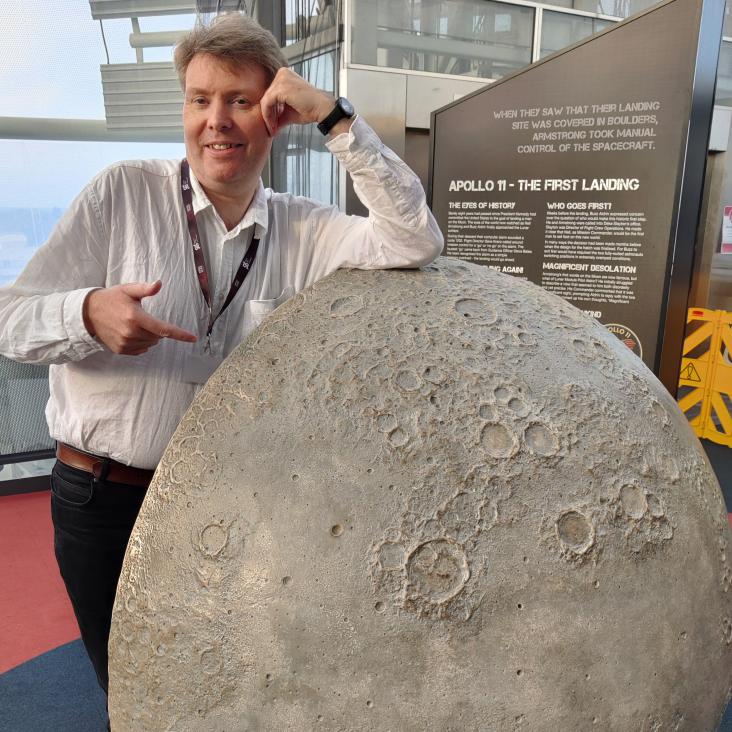Modelling of an asteroid photoelectron sheath and implications for a sample return mission
Planetary and Space Science Elsevier 99 (2014) 103-111
Design and performance of the Exo-planet Characterisation Observatory (EChO) integrated payload
Proceedings of SPIE--the International Society for Optical Engineering SPIE, the international society for optics and photonics 9143 (2014) 91432e-91432e-12
From spectra to atmospheres: solving the underconstrained retrieval problem for exoplanets
Proceedings of the International Astronomical Union Cambridge University Press (CUP) 8:S299 (2013) 275-276
CHASER: An Innovative Satellite Mission Concept to Measure the Effects of Aerosols on Clouds and Climate
Bulletin of the American Meteorological Society American Meteorological Society 94:5 (2013) 685-694
On the potential of the EChO mission to characterize gas giant atmospheres
MNRAS 430 (2013) 1188-1207-1188-1207


